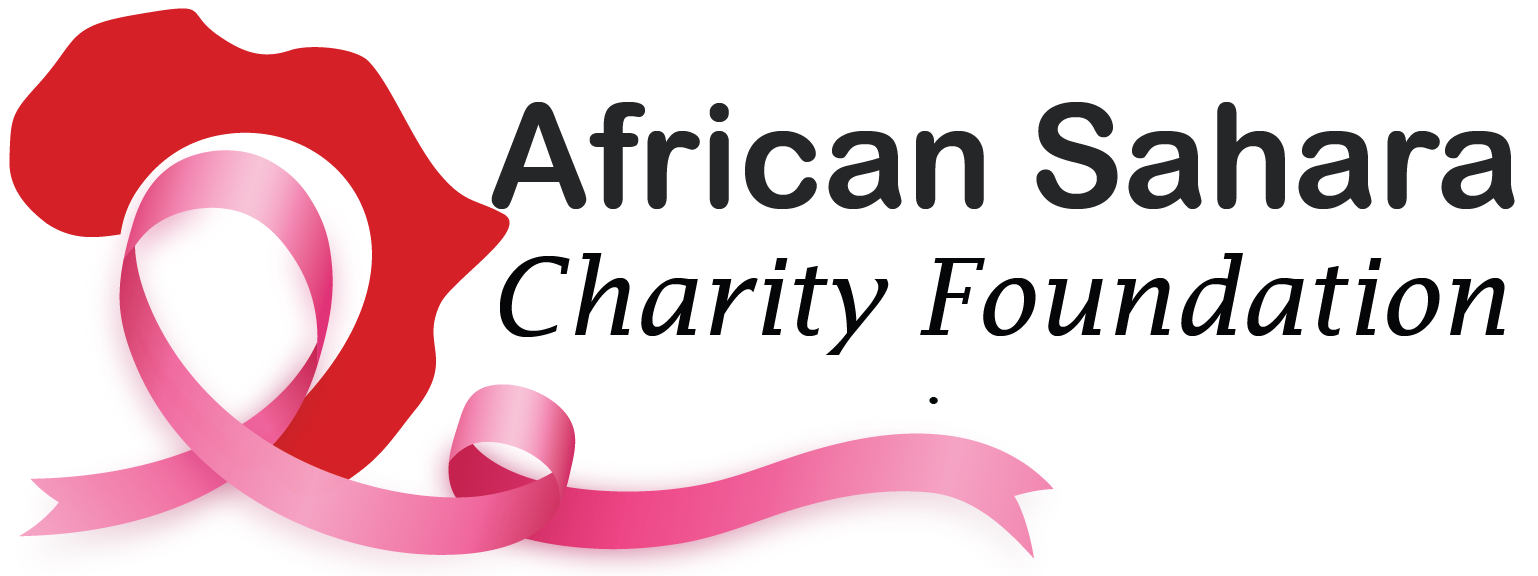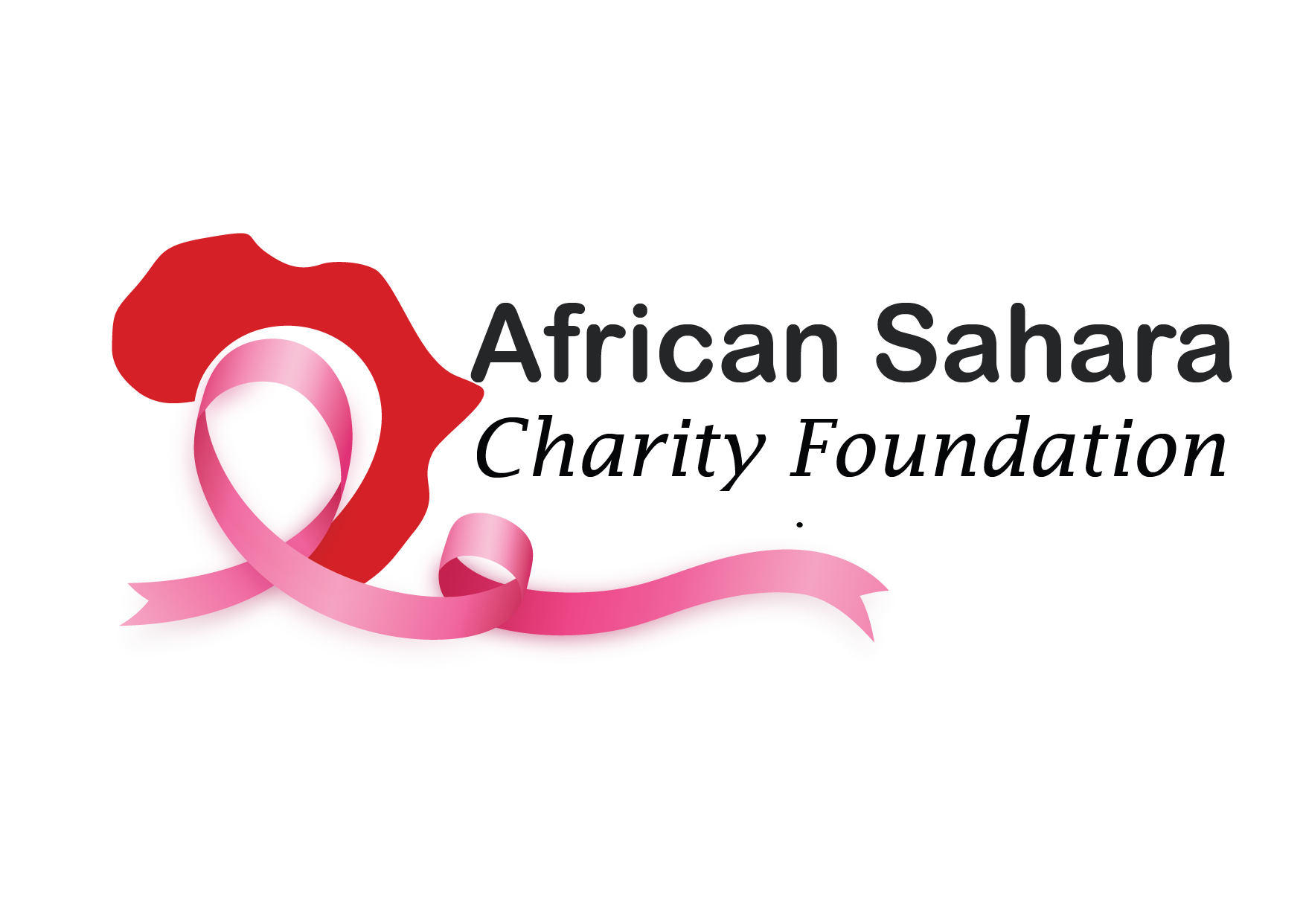

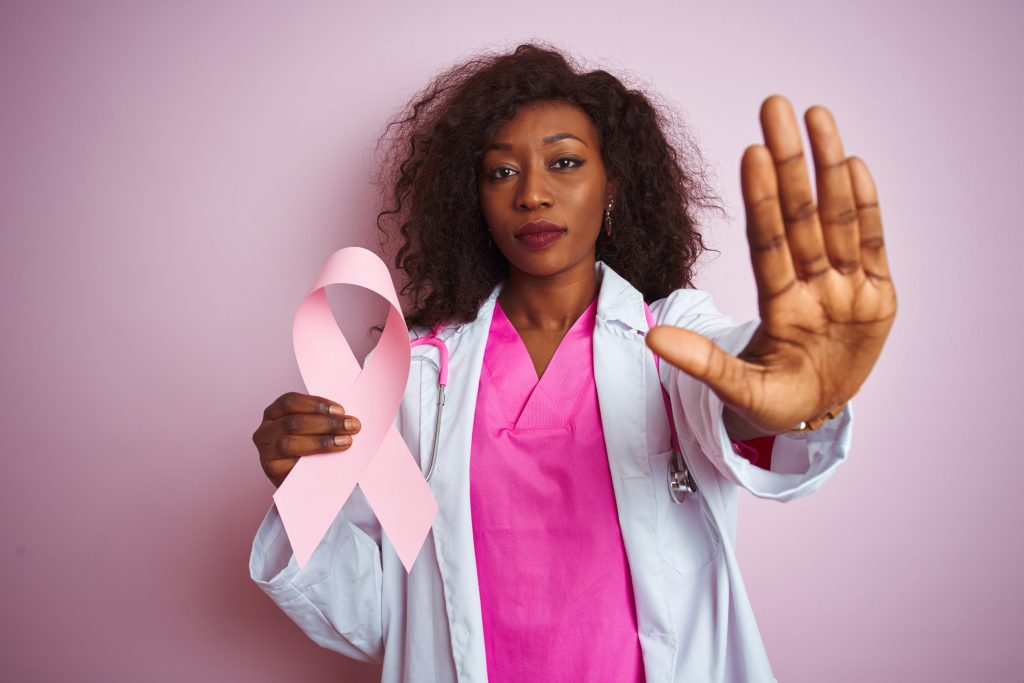

Empowering Women. Saving Lives. Transforming Communities.
Welcome to our dedicated platform where our mission to combat breast cancer in Kenya and across East Africa comes to life. Our vision is to ensure that every woman, regardless of her background or location, receives free, high-quality treatment and ongoing support in her fight against cancer.
- Reduce breast cancer mortality
- Providing free, quality treatment
- Promoting early detection
- Providing education to commmunities

Volunteer with Us
Do something amazing and make today the day you volunteer. Donating your time and talent could make all the difference.Your time is precious. Make it count by helping to change the lives of people affected by breast cancer.
Learn More
Campaign with Us
We campaign to make sure that everyone affected by breast cancer receives the best possible treatment, services, support and care. We’re only able to do this alongside you, our incredible supporters who are taking action to create change.
Join Us Now



Our Doors Are Always Open to More People Who Want to Support Each Other!
Get Involved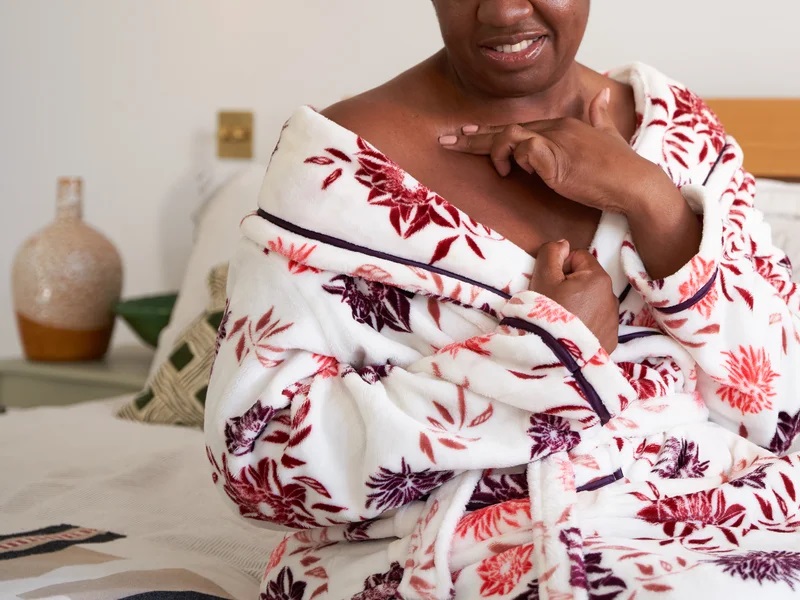

Be a part of it
Our supporters are here. Giving their time, talent and passion to make our work possible.
Years of Support
Life-changing support
Support services, trusted health information and specialist caregivers are here. Ready to support you, whenever you need it.
Thousands of people turn to us every year for help navigating life with breast cancer. Whether you need expert information, or want to talk to someone who gets it, we're here.


We Always Help The affected
You might hear that breast cancer isn’t a big deal anymore. That it’s “not that bad” compared to other cancers. But we know that breast cancer isn’t yesterday’s problem. That’s why we’re here today. Now.Breast cancer is the most common cancer in the world.
15k+
Incredible Volunteers
2k+
Successful Campaigns
16+
Years of Support
800k+
People Supported


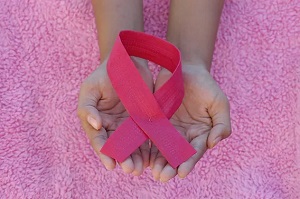
Frequently Asked Questions
Breastfeeding can reduce the risk of developing breast cancer, but requires breastfeeding to be continuous for a relatively long time.
Exercise boosts the immune system and helps you to keep your weight in check. With as little as three hours of exercise per week, or about 30 minutes a day, a woman can begin to lower her risk of breast cancer.
There is an increased risk of breast cancer for women who have been using birth control pills for more than five years. However due to the low amount of hormones in birth control pills today, the risk is relatively small.
Give yourself a breast self-exam once a month. Look for any changes in breast tissue, such as changes in size, feeling a palpable lump, dimpling or puckering of the breast, inversion of the nipple, redness or scaliness of the breast skin, redness or scaliness of the nipple/areola area, or discharge of secretions from the nipple.
